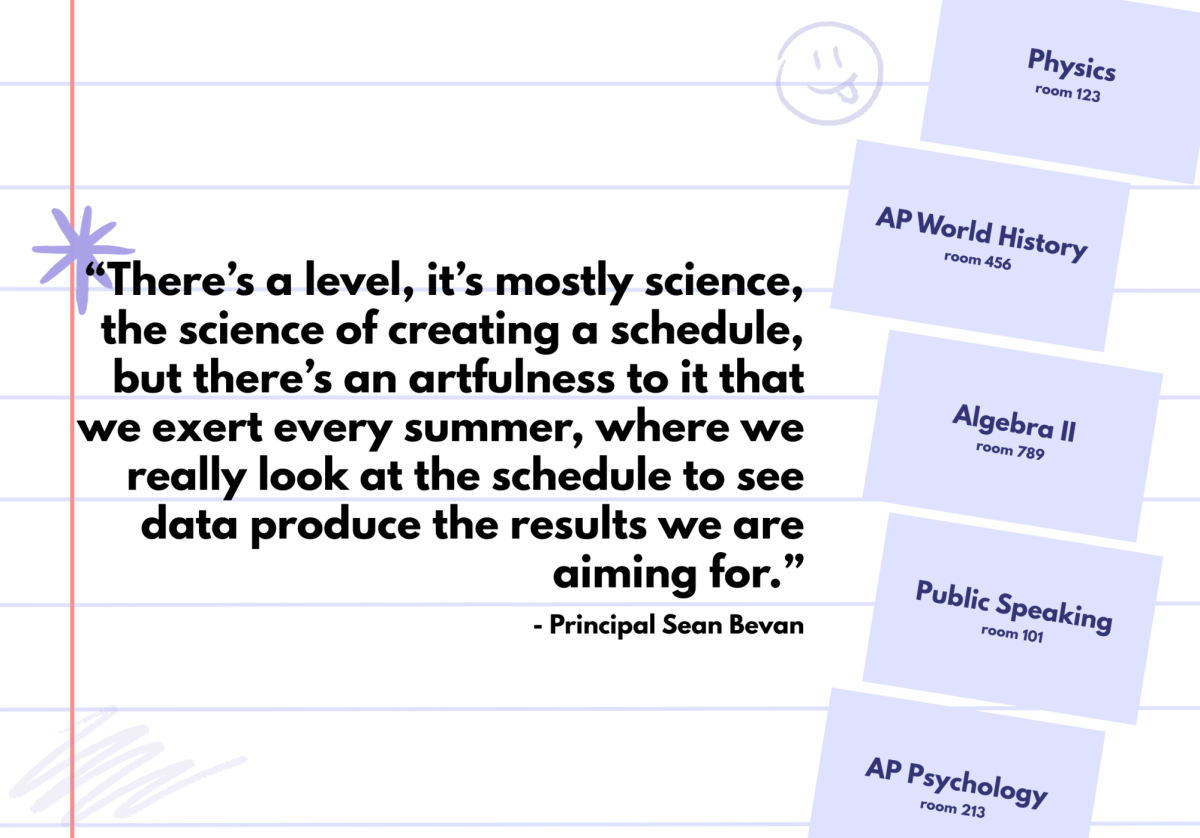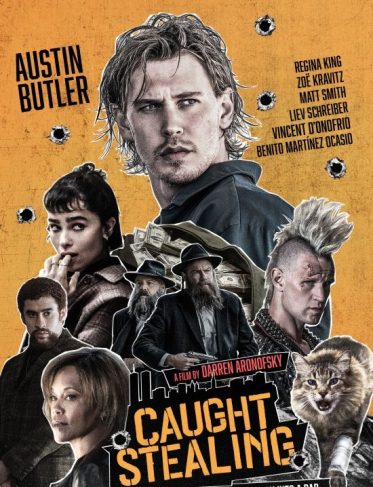Coyote Makes a Splash at Junior Olympics
November 18, 2021
As you walk into the meet, nervous energy begins to build. You have worked so hard to make it to this point and you’re finally there. All the hours you have given toward practice are finally paying off. You step up to the diving board and shake your arms to increase the blood flow. As the official calls “On your mark,” you place your hands on the front of the board. “Get set!” he continues. You pause with anticipation.
“GOOOO!” You launch yourself into the water to begin your race.
“I was around four when my mom started to realize that I needed to exercise and eat more, so she started putting me into swimming so that I could get stronger, and so that I wouldn’t get sick,” said seventh grader Andrew H.
This is daily reality for Andrew. He is part of the 2021-2022 Junior Olympics’ swim team. This requires a careful balance of school and pool with no less than four hours of practice six days each week.
“I (practice) for two hours each day, usually Monday through Saturday. After that, I do two hours of dry land (push ups, pull ups, etc.).”
Being a part of the Junior Olympics (JOs) requires nonstop hardwork and determination. Teams consist of athletes aged 5-18 who are able to compete in something of a minor-league version of the Olympics.
According to AAU Swimming national requirements, to qualify for the JO team, athletes have to be “first, second, (or) third place finishers in approved AAU District Swimming Championship meets in individual events under 400M.”
“I’ve practiced since I was four – younger than Caeleb Dressel. If I practice every day and improve my technique to become a Junior Olympic swimmer, I can pursue my goal of swimming nationally or internationally,” said Andrew.
Yet big goals start with small steps. No one jumps into the pool and becomes an Olympian overnight. It’s all about repetition and consistency.
“Some days we do kick days and arm days, but it mainly starts with a warm up, (before) we get to the main set. This really helps me with the specific part of my body that I’m working on,” said Andrew.
Andrew’s practice has paid off. His best time for the 50 freestyle (or free) is 27.01. His top time for the 100 free is 59.34, and his 200 free is 2:21.29. These are all considered accelerated times for his age group. However for a competitive swimmer, these times may not meet expectations.
“I feel that my times are not very fast yet. I’m just starting to become faster in the past three to four years. (Since) my times aren’t that great, they just motivate me to go faster,” said Andrew.
Andrew’s overall goal is to become an Olympian, but he won’t do that without continuing to improve his times.
“One thing is to practice, practice, practice, because without practice you can’t achieve something that you’d like to achieve, so I will need to do this every single day now until college,” said Andrew.
Potential Olympic athletes fail to reach their apex without determination, strength, technique, and consistency. These traits open the door for a place on the world’s stage. Andrew is focused on doing exactly that.
“My goals for the future (are) getting to the Olympic Trials and then swimming for college and getting some school records. I’m going to achieve these goals by practicing consistently, because practice makes perfect,” said Andrew. “I’ll (train) on land to get stronger muscles and in the water to get quicker. Once I do that, I’m sure I can reach my goal to become an Olympian.”
This story was originally published on The Day Creek Howl on November 17, 2021.






































